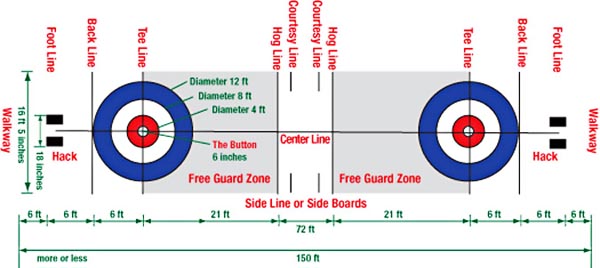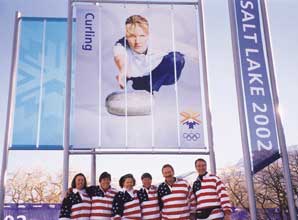Curling may be the "hottest sport on ice", since Americans discovered it during the winter Olympics. Curling is a team game, where all four members' efforts contribute directly to each shot. Depending on the event curling teams can be composed of both sexes and all ages, and like golf, sailing, etc., curling is a lifetime sport.

 Curling and the Olympics
Curling and the Olympics
It is reported that the sport of curling gets its roots in Scotland and dates as far back as the early 1500s. Records show that curling was most likely brought to North America by British troops in the 1700s during the Revolutionary War. The rules, the equipment and the curlers have changed through the years but not the spirit of the game. The spirit of curling evolved the spirit of honorable competition followed by egalitarian sociality. This spirit of the game demands good sportsmanship, fair conduct and competition on the ice, and hospitality and friendship after play.
Curling made its Olympic debut at the original Olympic Games in 1924. It came back in the 1932 Lake Placid Games as a demonstration sport, but then went on a 56-year Olympic hiatus, until it was brought back as a demonstration sport at the 1988 and 1992 Winter Games. Curling returned as an official medal sport at the 1998 Nagano Games. Every 4 years sees a boost in curling club membership and in 2026, many will fall in love with curling watching the Milano Cortina (Italy) Winter Games!
Click here to visit the official website of the Olympics.
Concussion Protocol
Ice is slippery. Falls happen. Falls can cause concussions. The USWCA is committed to educating curlers about concussions, what they are, the signs of a concussion, and how to proceed if you suspect an athlete has a concussion. Please post it at your club.
Click here to download.
